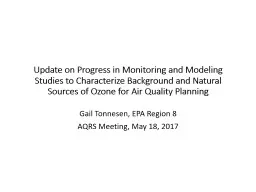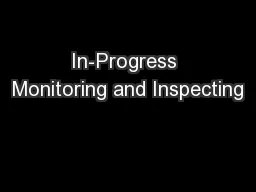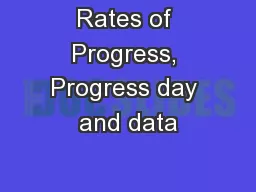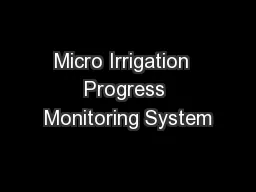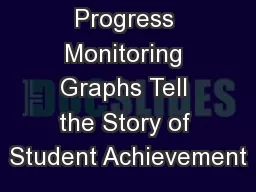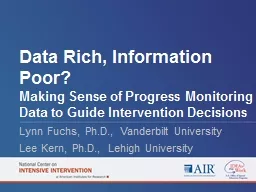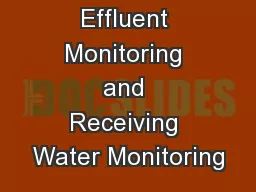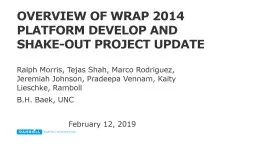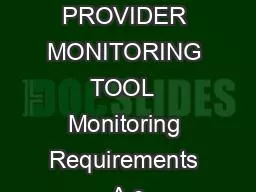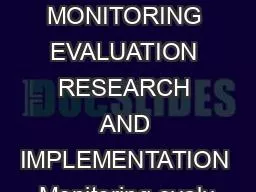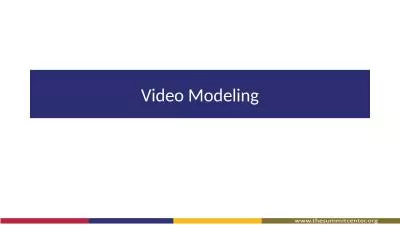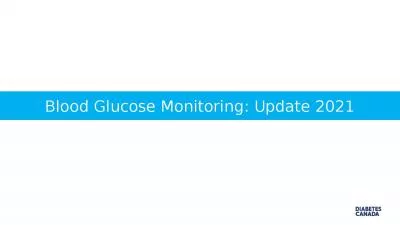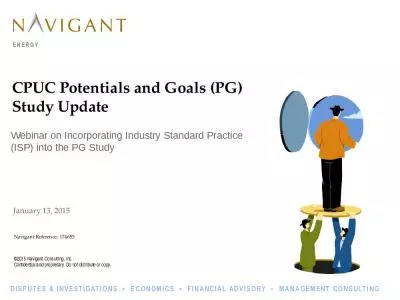PPT-Update on Progress in Monitoring and Modeling Studies to Ch
Author : giovanna-bartolotta | Published Date : 2017-11-18
Gail Tonnesen EPA Region 8 AQRS Meeting May 18 2017 1 Air Quality Planning Context Second round of Regional Haze SIPs are due in 2021 third round due in 2028 and
Presentation Embed Code
Download Presentation
Download Presentation The PPT/PDF document "Update on Progress in Monitoring and Mod..." is the property of its rightful owner. Permission is granted to download and print the materials on this website for personal, non-commercial use only, and to display it on your personal computer provided you do not modify the materials and that you retain all copyright notices contained in the materials. By downloading content from our website, you accept the terms of this agreement.
Update on Progress in Monitoring and Modeling Studies to Ch: Transcript
Download Rules Of Document
"Update on Progress in Monitoring and Modeling Studies to Ch"The content belongs to its owner. You may download and print it for personal use, without modification, and keep all copyright notices. By downloading, you agree to these terms.
Related Documents

